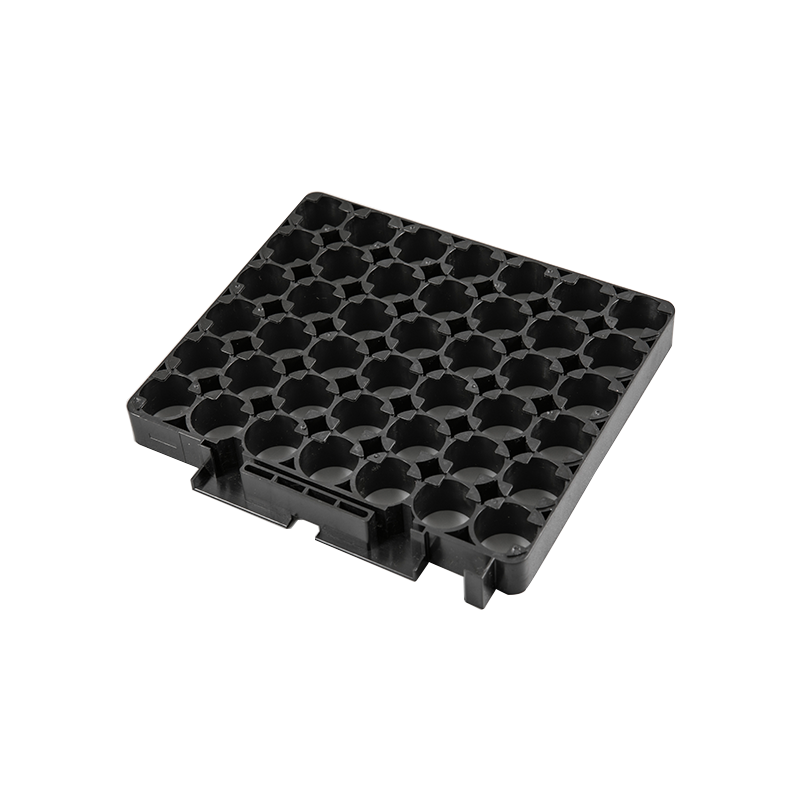Injection molding is a production procedure for creatin […]
Injection molding is a production procedure for creating intricate parts by slowly injecting melted material into a molded mold or die. This process is used not only for making parts but also for the production of many other products such as capsules, plastic bags, wafers, buttons, nails, etc. injection molding is commonly done using a host of different materials most often including thermoplastics, polyethylene, polystyrene, metals, and most often thermoplastic and thermoforming polymers. The process generates many different results depending on what type of material is used in the mold. Some of the most common injection molding processes are outlined below.

One of the most popular injection molding processes is known as clamping. In this process, a heat-rolling machine injects liquid plastic material (usually polyurethane) into a mold until it forms into the final product. The material will be cooled and clamped to the inside of the mold to ensure that all sides of the plastic are perfectly flat. After the plastic is cooled and clamped, the plastic will be placed in an injection mold with the help of a clamping tool.
A very common type of injection molding used to create simple plastic parts is called fine-wall injection molding. In this process, a thin layer of plastic is injected into the part or product while still inside the mold. After the plastic is cured, it is manually removed from the injection mold by gently scraping it off with a wire brush. Because fine-wall injection molding requires very little expertise or care, it is often used to create extremely simple and inexpensive plastic parts.